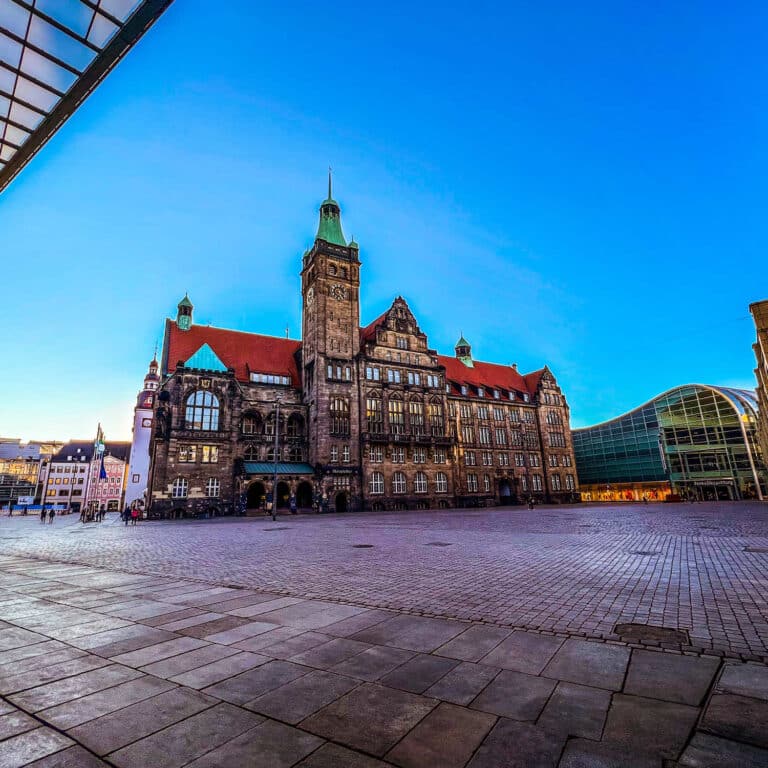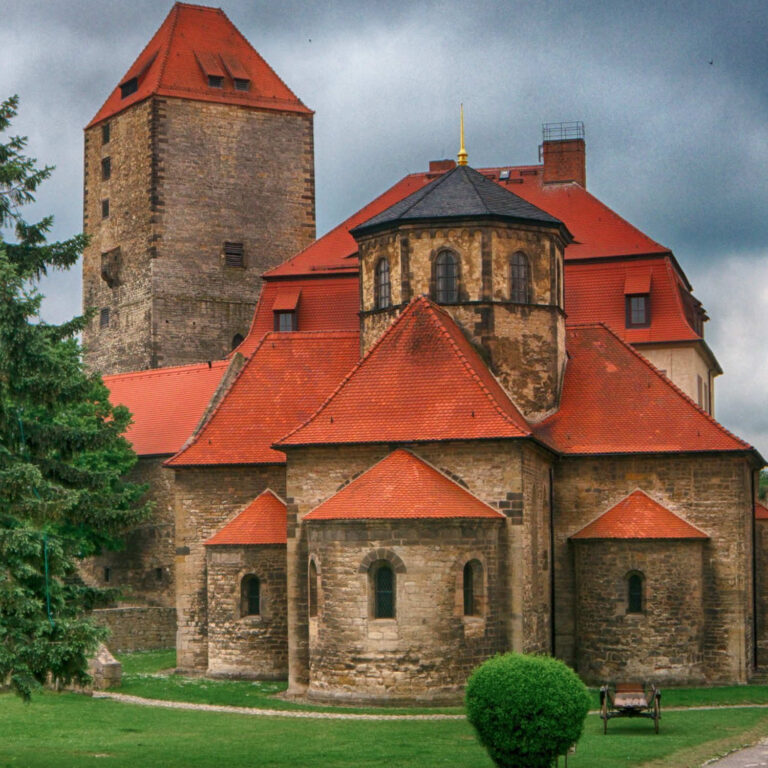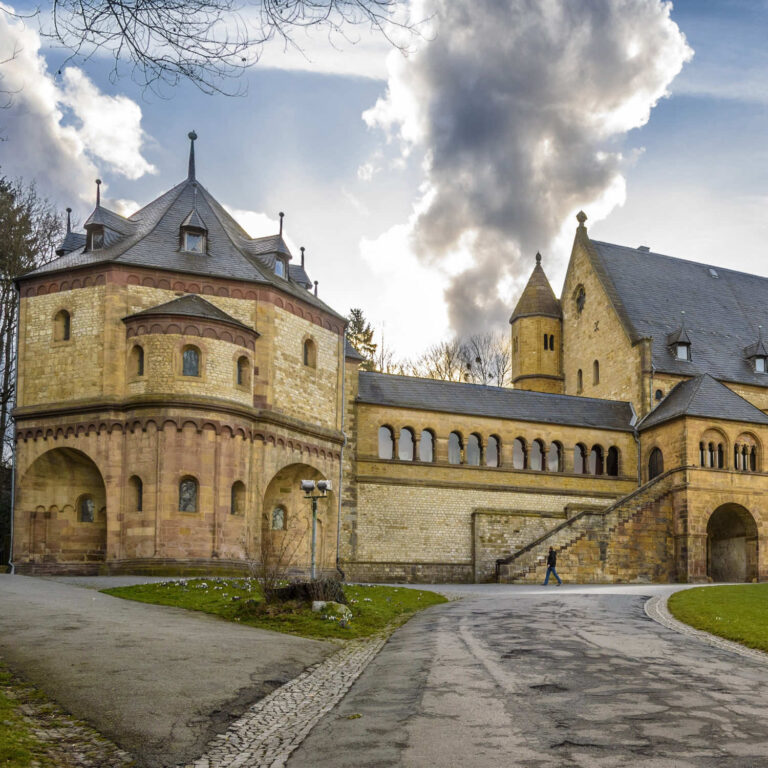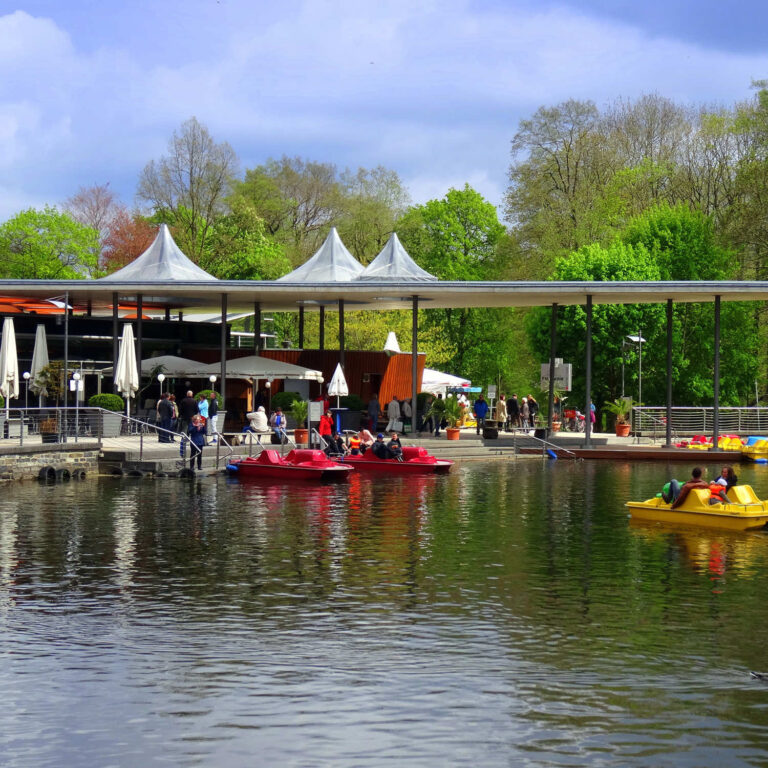



Chemnitz
About the City
The history of Chemnitz tells a unique story—of groundbreaking inventions in automotive engineering, mechanical engineering, and the textile industry, and of bold entrepreneurs such as Richard Hartmann, Carl Gottlieb Haubold, and Louis Schönherr.
As a modern industrial city, Chemnitz has added a new chapter to this story, and today it is one of the German cities with the strongest growth. The city is a technological center specializing in the automotive and supplier industries, information technology, mechanical engineering, and microsystems technology.
Tradition and modernity are also reflected in architecturally exciting contrasts. Architecture lovers can delight in unique witnesses to the Bauhaus school and the New Objectivity (Neue Sachlichkeit) movement as well as the Kaßberg, one of the largest districts in Europe in which examples of late-nineteenth-century architecture can still be found alongside each other. They can also enjoy the redesigned Chemnitz city center, created over the past 20 years by internationally renowned architects such as Helmut Jahn, Hans Kollhoff, and Christoph Ingenhoven.
For fine art enthusiasts, Chemnitz offers plenty to discover. Take the Chemnitz Art Collections or the Gunzenhauser Museum, for instance, which house one of the most impressive collections of classical modernism. Meanwhile, the Saxon Museum of Industry depicts the history of industry and the present day.
The City Theatre with the Robert-Schumann-Philharmonie draws audiences from across Germany. Those who simply wish to relax for a while will also find what they are looking for in Chemnitz: restful oases such as the Castle Pond, right alongside Küchwald Forest, invite visitors to stroll and linger, as does the historic City Park along the River Chemnitz.
Contact Information
Additional Information

